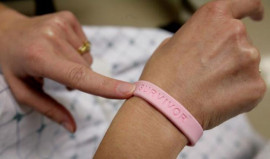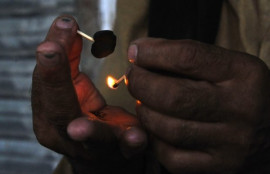
Genetic testing often overlooked for cancer risk women: study
The study, titled TRACERx, used information from researchers at Francis Crick Institute - a medical research centre - who examined tumours from a hundred lung cancer patients and discovered that higher proportion of "unstable chromosomes" [that cause genetic disarray, enabling the tumour to grow] had quadruple chances of a relapse or death within two years.
Scientists for the TRACERx, funded by Cancer Research UK, analysed blood samples of 96 out of the hundred patients to find circulating DNA of the tumour that had "broken off". Using sample from a sub-group [24] of those who had undergone surgery, they were able to predict, about a year earlier than any other tests could, that in more than 90 per cent cases, cancer was likely to return.
Diagnosis & prevention: Experts call for countrywide cancer database
"Using circulating tumour DNA, we can identify patients to treat even if they have no clinical signs of disease, and also monitor how well therapies are working," the study concluded. "This represents new hope for combating lung cancer relapse following surgery, which occurs in up to half of all patients."
"These findings could also help us to identify how lung cancers respond to therapy, building a bigger picture of the disease and potentially pointing the way to developing new treatments and, crucially, saving more lives," said Professor Karen Vousden, chief scientist at Cancer Research UK.
This article originally appeared on The Telegraph.













































COMMENTS
Comments are moderated and generally will be posted if they are on-topic and not abusive.
For more information, please see our Comments FAQ